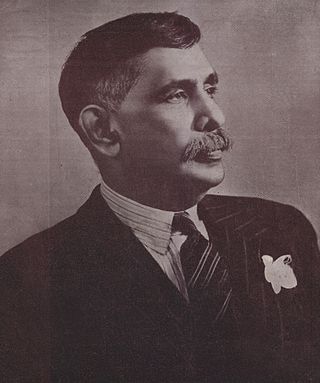
Don Stephen Senanayake was a Ceylonese statesman. He was the first Prime Minister of Ceylon having emerged as the leader of the Sri Lankan independence movement that led to the establishment of self-rule in Ceylon. He is considered as the "Father of the Nation".
The Ceylon Defence Force (CDF) was established in 1910 by the Ceylonese legislation Ceylon Defence Force Ordinance, which reformed the Ceylon Volunteer Force (CVF) that existed previously as the military reserve in the British Crown colony of Ceylon. At the time of forming it was only a reserve force but soon developed into a regular force responsible for the defence of Ceylon. The CDF was under the command of the General Officer Commanding, Ceylon of the British Army in Ceylon if mobilised. However mobilisation could be carried out only under orders from the Governor.
After the outbreak of the Second World War, in the British Crown Colony of Ceylon, the government of Sir Don Baron Jayatilaka assured the British King and his government of its continued support.

The Cocos Islands mutiny was a failed mutiny by Sri Lankan soldiers against British officers, on the Cocos (Keeling) Islands on 8 May 1942, during the Second World War.

General Sir John Lionel Kotelawala was a Sri Lankan statesman, who served as the 3rd Prime Minister of Ceylon from 1953 to 1956.

The Sri Lanka Army is the oldest and largest of the Sri Lanka Armed Forces. The army was officially established as the Ceylon Army in 1949, though the army traces its roots back in 1881 when Ceylon Light Infantry Volunteers was created; the army was renamed as the 'Sri Lanka Army' when Sri Lanka became a republic in 1972. In 2024, the Army had approximately 150,000 personnel.
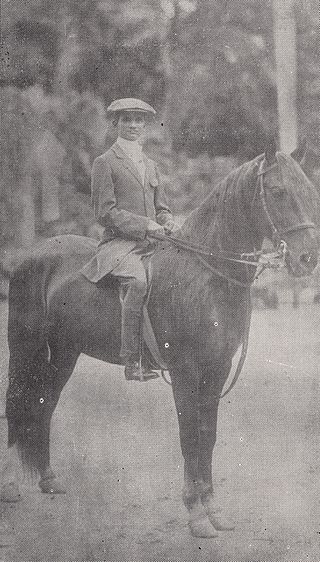
Duenuge Edward Henry Pedris was a Ceylonese militia officer and a prominent socialite. Pedris was executed for treason by the 17th Punjab Regiment of the British Indian Army under martial law during the 1915 Sinhalese-Muslim riots. Convicted in a three day Field General Court Martial under the terms of the Army Act, bypassing the local legal system, his execution was viewed as unjust by the local population and a warning to local leaders. It hastened the movement toward independence, providing motivation and a martyr for those who pioneered the movement.
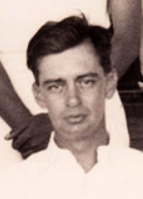
Colonel Frederick Cecil "Derek" de Saram, OBE, ED was a Sri Lankan lawyer, a Ceylon cricket captain, and an officer of the Ceylon Army. He led the attempted military coup of 1962.

The Sri Lanka Armoured Corps (SLAC) provides the armour capability of the Sri Lanka Army, with vehicles such as the T-55AM2, and type 80/88 main battle tanks; the BMP infantry fighting vehicle; and the BTR-80, and WZ551 armoured personnel carriers. It comprises five regular armoured regiments, a volunteer regiment, and a regimental band. It has an independent Armoured Brigade and is headquartered at Rock House Army Camp, Colombo.

The Sri Lanka Artillery (SLA) is the artillery arm of the Sri Lanka Army. It is made up of ten regular regiments and two volunteer regiments. The SLA is headquartered at Panagoda Cantonment, Panagoda.
The Corp of Sri Lanka Engineers (SLE) is a combat support arm of the Sri Lanka Army which provides military engineering. It is made up of ten regular regiments and one volunteer regiment. Headquartered at Panagoda Cantonment, it is headed by the Centre Commandant.
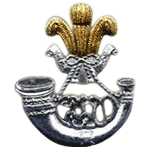
The Sri Lanka Light Infantry (SLLI) is the oldest regiment in the Sri Lanka Army and the oldest infantry regiment in the army. It is made up of sixteen regular battalions and nine volunteer battalions, and is headquartered at the Panagoda Cantonment, Panagoda.
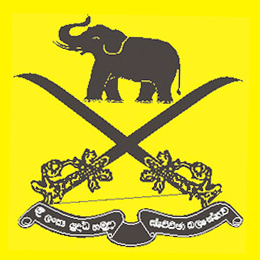
The Sri Lanka Army Volunteer Force (SLAVF) is the active-duty volunteer reserve force of the Sri Lanka Army. The SLAVF is separate from the Regular Force which consists of personal who are professional soldiers and its Regular Reserve, which comprises personal who have a mobilization obligation following their service in the regular army. The SLAVF consists of the volunteer force and the volunteer reserve; administration and recruitment of reserve personal is carried out by the Volunteer Force Headquarters in Shalawa, Kosgama which is headed by the Commandant of the Volunteer Force. It has a current strength of about 55,000 personnel. The SLAVF was known as the Ceylon Volunteer Force from 1949 to 1972 and the Sri Lanka Volunteer Force from 1972 to 1985.
The 1962 Ceylonese coup d'état attempt was a failed military coup d'état planned in Ceylon. A group of Christian officers in the military and police planned to topple the government of Prime Minister Sirimavo Bandaranaike during the night of 27 January 1962. Organised by Colonel F. C. de Saram, Colonel Maurice De Mel,, Rear Admiral Royce de Mel, C.C. Dissanayake, Sydney de Zoysa and Douglas Liyanage, it was to take place in the night of 27 January 1962, but was called off as the government gained information in the afternoon and initiated arrests of the suspected coup leaders before the coup was carried out.

Major General Anton Muttukumaru, OBE, ED, ADC was the first native Ceylonese to serve as the Commander of the Ceylon Army, a post he held from 1955 to 1959. He also served as Ceylon's High Commissioner to Australia, New Zealand, Pakistan and Ambassador to Egypt.
Rock House Army Camp is a military base located at Modera, north of Colombo in the Western Province of Sri Lanka. It serves as the regimental headquarters of the Sri Lanka Armoured Corps of Sri Lanka Army.

The Sri Lanka Armed Forces is the overall unified military of the Democratic Socialist Republic of Sri Lanka encompassing the Sri Lanka Army, the Sri Lanka Navy, and the Sri Lanka Air Force; they are governed by the Ministry of Defence (MoD). The three services have around 346,700 active personnel; conscription has never been imposed in Sri Lanka. As of 2021 it is the 14th largest military in the world, with 1.46% of the Sri Lankan population actively serving.
The 1915 Sinhalese-Muslim riots was a widespread and prolonged ethnic riot in the island of Ceylon between Sinhalese Buddhists and the Ceylon Moors. The riots were eventually suppressed by the British colonial authorities.

Colonel Candauda Arachchige Dharmapala, OBE, ED was Sri Lankan politician. He was a Parliamentary Secretary to the Minister of Industries, Housing and Social Services and Member of Parliament for Hakmana. He also served as the permanent secretary to the Ministry of Defence, and as Security Adviser to President J. R. Jayewardene.
The Ceylon National Guard (CNG) was a former Volunteer regiment of the Sri Lanka Army that existed from 1963 to 1980. The CNG was formed in 1962 as part of the reforms to the Ceylon Volunteer Force in the Ceylon Army following the 1962 Ceylonese coup d'état attempt in which several volunteer units were implicated. The 2nd (Volunteer) Coastal Artillery Regiment, Ceylon Artillery and the 2nd (Volunteer) Signals, Ceylon Signals Corps were disbanded and personal from these units who were found to be not part of the attempt coup were re-grouped as the 1st Battalion, CNG and 2nd Battalion, CNG. The CNG was mobilized for duty with the Task Force Anti Illicit Immigration and during the 1971 JVP Insurrection. It was finally disbanded in 1980 after the 1st Battalion was transferred to the Sri Lanka Armoured Corps as the 2nd (Volunteer) Regiment, Sri Lanka Armoured Corps in 1979 and the 2nd Battalion was transferred to the Sri Lanka Artillery as the 5th (Volunteer) Regiment, Sri Lanka Artillery in 1980.












